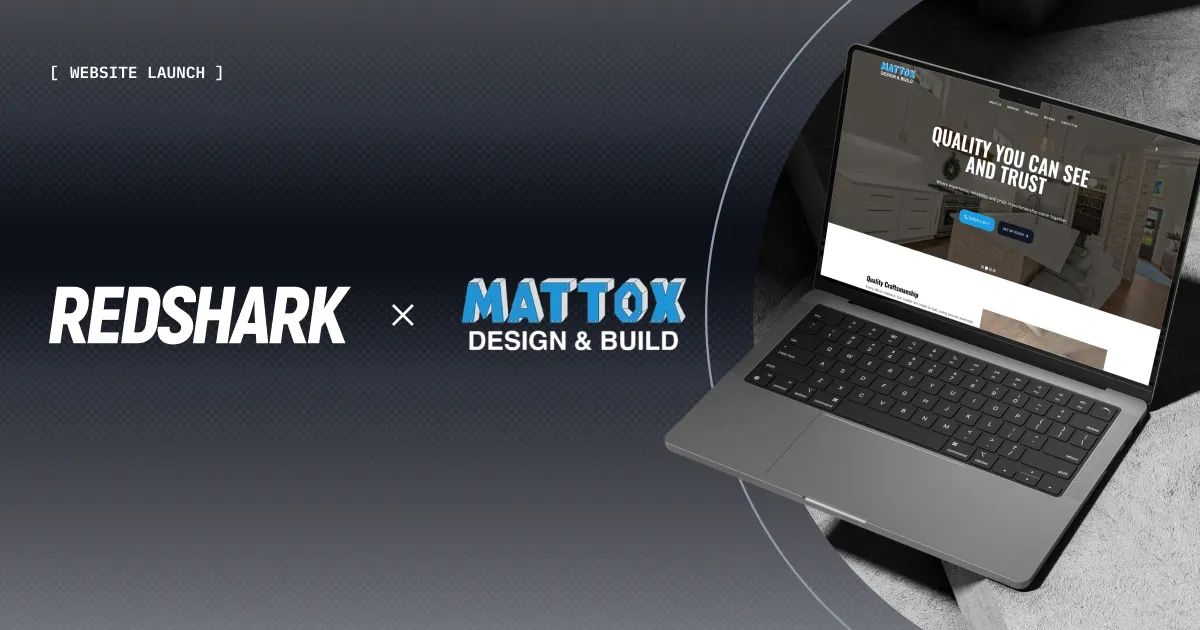
Card Sorting: Everything You Need to Know to Make Informed UX Decisions
Card Sorting: Everything You Need to Know to Make Informed UX Decisions
Featured & Recent Articles
Card Sorting: Everything You Need to Know to Make Informed UX Decisions

Guest Post: Author, Nadica Metuleva
Card sorting is a trending tool for data collection. It helps researchers understand how the targeted audience perceives the information, uses the products or services offered, or what opinion they have about something.
Based on the data collected via UX card sorting, designers and developers can make smarter, more promising UX decisions. For example, they’ll create a site that is simple to navigate by removing the barriers that visitors point to. They’ll focus on the content that doesn’t work to meet the expectations of those it is aimed for. The list goes on and on.
The process of card sorting is not very simple. With that in mind, we’ve created this short UX card sorting guide that will help you make this easier and more effective.
But First, What is UX Card Sorting?
UX card sorting is a research technique that UX designers use to discover how people categorize information and how well they understand it. There are two general situations in which card sorting is most useful. Firstly, you should use it if you want to learn how people group and understand different concepts. Secondly, you should use it when you want to test a new design or improve the existing design. Knowing this, let’s take a look at the top two tips for better card sorting.
UX Card Sorting Tips
1. Smart UX card sorting: go digital and use software to optimize the process
Card sorting is not an easy task. You need to create the process, gather the research participants, implement your card sorting, and organize and evaluate the results. This can take a lot of time and, unless you are experienced at doing it, you can easily make tons of mistakes in the process.
Today, there’s no need to do this alone - or manually, especially since digital card sorting can give you a much wider reach.
The smartest move for effective card sorting today is to use a tool that facilitates and automates the entire process. Maze, a leader in testing today, will help you run card sorting tasks to improve IA and define navigation and naming. Thanks to the automated analytics feature of Maze, you can map mental models in half the time.
The ready card sorting tasks on the website can be customized to your taste. In Maze, users can create unique instructions, edit the task settings, and add descriptions and images to boost the tester experience.
Top 5 Platforms That Offer UX Card Sorting Tools:
1. Maze
A leader in testing today, Maze will help you run card sorting tasks to improve IA and define navigation and naming. Thanks to the automated analytics feature of Maze, you can map mental models in half the time. The ready card sorting tasks on the website are customizable to your taste. In Maze, users can create unique instructions, edit the task settings, and add descriptions and images to boost the tester experience.
2. UXTweak
UXtweak is an all-in-one UX research tool that is a great choice, both for beginners and professionals, in the sphere of card sort testing. Platform’s card sorting tool offers all three types of card sorting studies and can be used to conduct such research using images. Thanks to UXtweak’s advanced analytics and filtering feature, all the insights of your card sorting test automatically generate diagrams and chart presentations; and you can export a demonstrative PDF to share your insights with the shareholders in a capturing format.
3. Miro
Miro is a great digital tool for transporting card-sorting sessions in a digital format with advanced customization features. You can use its templates for open, closed, and hybrid card sorting tests or the whiteboard feature to create and organize your cards. These tools are especially useful during in-person card-sorting sessions. The only disadvantage of this tool is that Miro does not provide any analytics feature, so you will have to evaluate the insights yourself.
4. OptimalSort
OptimalSort is one of the several user research tools provided by Optimal Workshop. Allowing both unmoderated and moderated studies, it also offers vibrant visualizations of the study’s outcomes and analysis methods, such as Dendrograms and the Similarity Matrix. With OptimalSort, you can test everything from websites and applications to prototypes.
5. UXmetrics
UXmetrics is a free online research tool specializing in card sorting and tree testing studies. The platform offers all three types of card sorting tests and is an ideal choice for those users who don’t engage in other forms of user research. Like Maze and UXtweak, UXmetrics provides post-study analysis, which can help make more informed decisions on the IA.
2. It’s all about using the right type of UX card sorting
Depending on what you want to discover, you’ll need to choose the card sorting technique to use. There are three main types:Open card sorting
- Closed card sorting
- Hybrid card sorting
Maze has these explained in detail below:

Based on your study’s goals and the complexity of the information architecture or content you are trying to analyze, in some cases, it’s more effective to use two card sorting methods. This way, research insights will be more detailed and provide more than one perspective on the potential optimization of the website’s composition.
3. Keeping the cards logical and straightforward is the way
To conduct an effective UX card sorting study that will bring valuable insights, always keep your cards (or labels) logical and easy to understand. Such cards will better represent the potential information or features they might contain and prevent confusion among the participants. Create consistent conventions for cards in their shapes and colors to avoid distractions during the research process.
4. Have a diverse group of participants to achieve great results
Ensuring your test group is diverse and represents different personas from your target audience is another great tip to have a study with realistic insights and ensure findings represent your user base. You can find participants using various channels, such as social media or onsite recruitment. Several digital UX research tools, including UXtweak, offer participant recruitment features. Utilizing one will save you time and help outreach a wider group of target users easier.
Extra Tip: Hire a Digital Expert To Help You! | UX Card Sorting
You could definitely use some help in gathering this data and turning it into a smart strategy for your brand. At Red Shark Digital, you get the opportunity to hire Webflow SEO experts that will optimize your design’s ranking and help you attract more people to your brand with UX card sorting in mind.
Research is a great part of SEO. In order to boost the ranking of a page, experts use techniques like card sorting to tailor the content and design to meet the expectations of the target audience. If you hire such an expert, you can enjoy a higher ranking on search engines, better reach on social channels, and get top results without having to do everything on your own.
There you have it - the top three tips for UX card sorting that will help you optimize the user experience. Good luck!
About the Author: Nadica Metuleva
Nadica Metuleva is a freelance writer who’s passionate about creating quality, original content. She holds a Master’s degree in English teaching and a Bachelor’s degree in translation. With 8 years of experience in the freelance writing industry, Nadica has become proficient in creating content that captivates the audience, drives growth, and educates. You can find her on LinkedIn.














.png)




.png)
.jpg)




